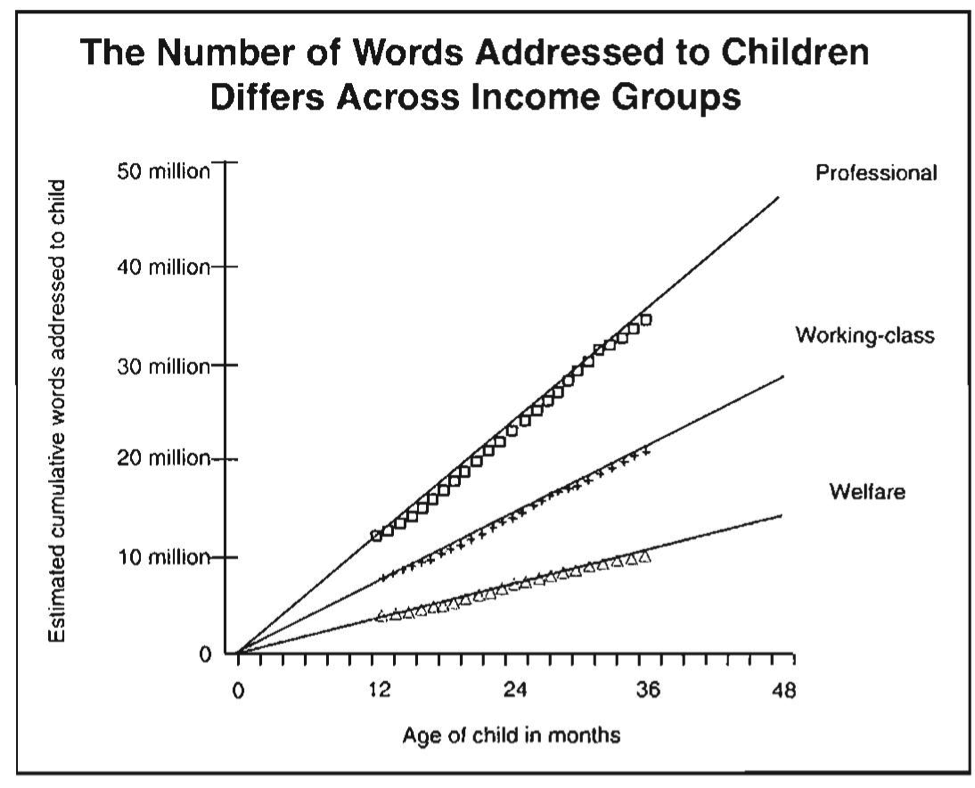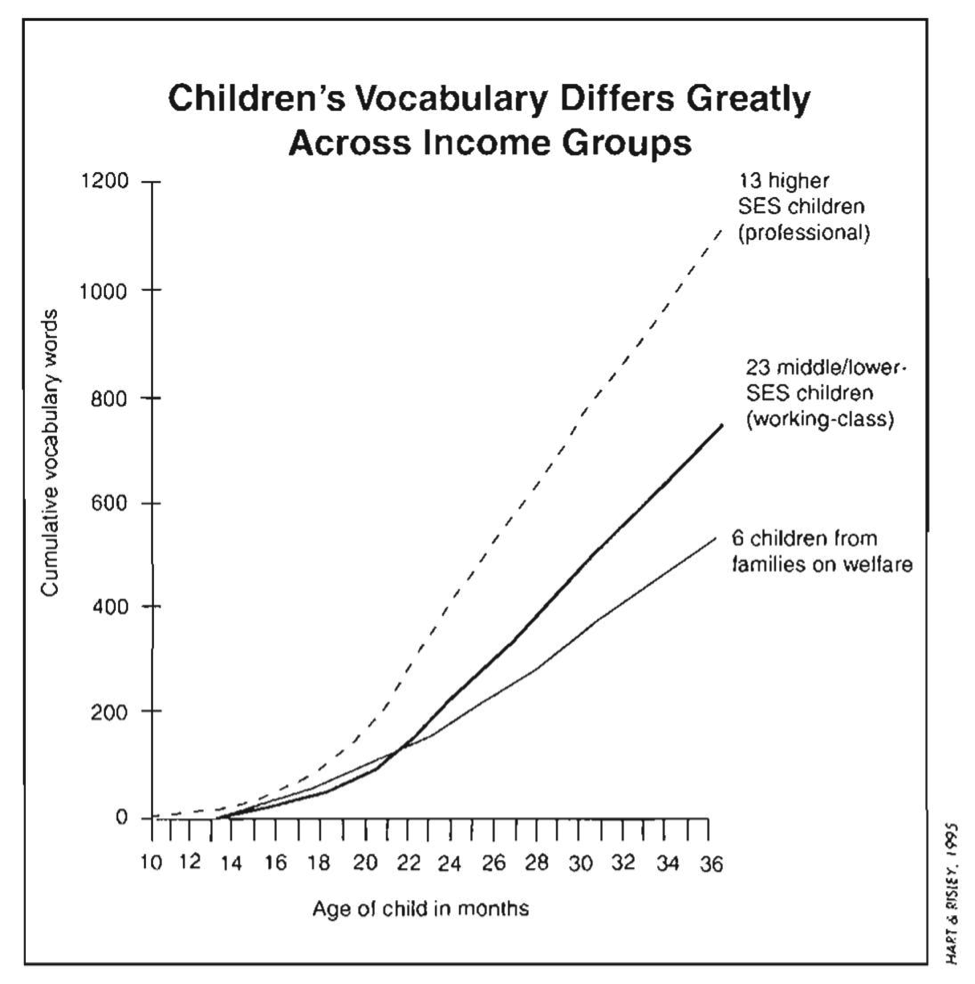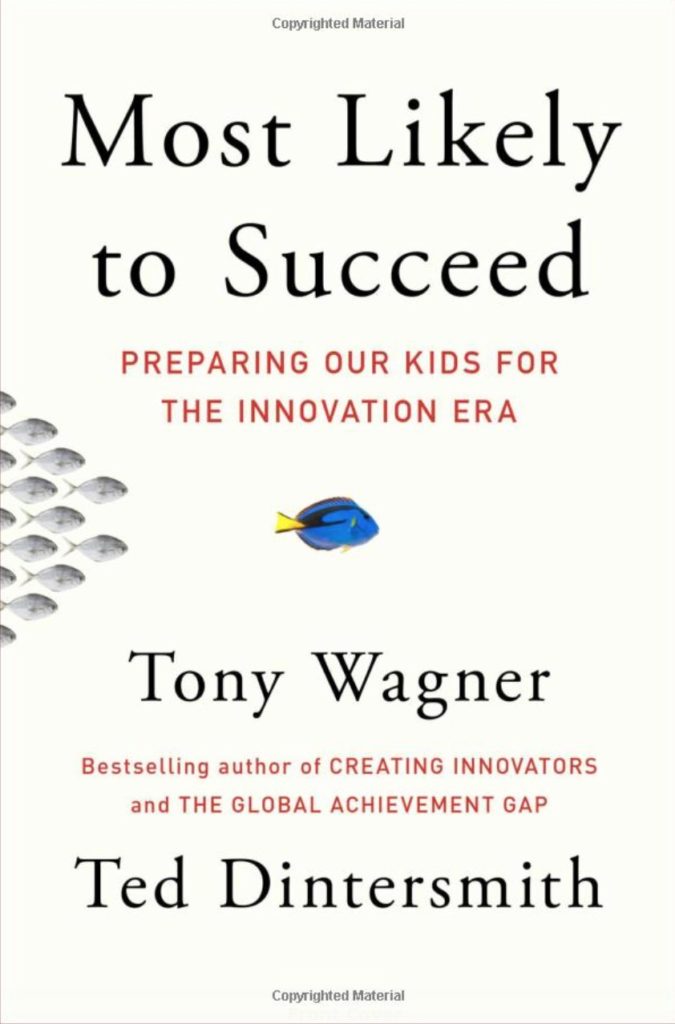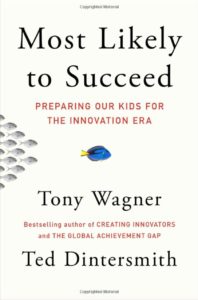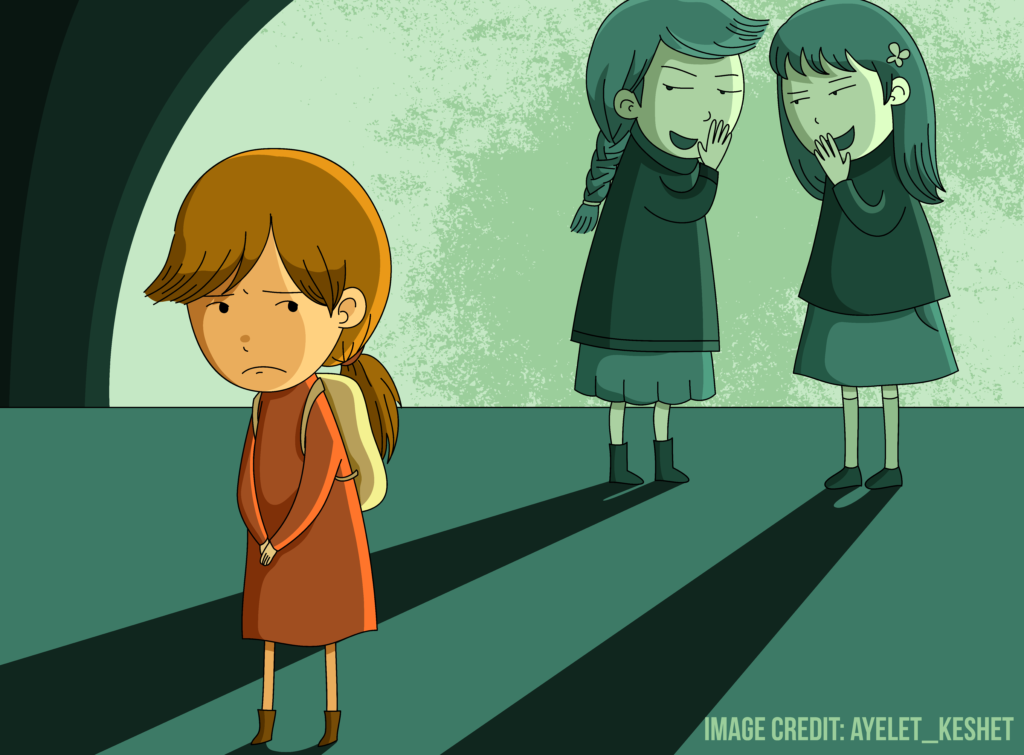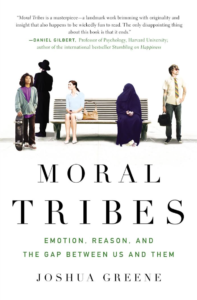As an optometrist-scientist and Associate Professor of Ophthalmology at Harvard Medical School, Dr. Lotfi Merabet is passionate about investigating the complex relationship between visual impairment (including blindness) and the brain. Most recently, as director of the Laboratory for Visual Neuroplasticity, Dr. Merabet has been on the frontlines of neuroscientific research on congenital cerebral/cortical visual impairment, or CVI. CVI is a prominent condition in children born prematurely and is caused by brain damage during early development to the visual pathways and structures of the brain. Although CVI has yet to receive much attention in the media and popular press, it nonetheless affects an increasing number of children in the United States, who are often unable to obtain the care and resources they need to thrive in today’s medical, rehabilitation and education systems. I had the privilege of sitting down with Dr. Merabet to discuss his perspective on what educators should know about CVI and what they can do to improve the lives of the growing number of children living with this condition.
For an overview on the impact of premature birth on education, see a previous Learning & the Brain article of mine here.
Hirsch: Can you tell us a little about CVI, what spurred your interest in studying this disorder and why it’s important for people to gain awareness about it?
Merabet: So right away I can give you some numbers. Cortical Visual Impairment (CVI) affects nearly 2 out of every 1000 live births and accounts for nearly 25% of visually impaired children in developed countries including the US. CVI is now the leading cause of congenital visual impairment in the developing world. So the important thing to keep in mind here is that this is developed countries, not developing countries. Prenatal care and medical technology are getting better and better, so what we’re seeing is a byproduct of this progress. So babies who were not surviving thirty, forty years ago are now surviving better, surviving longer, but now living with many sensory and motor problems: this is what these kids represent. Given this profile change in children with this kind of damage, education and rehab strategies need to evolve to account for this.
Typically, in the past, children who went to schools for the blind had problems with their eyes and typically everything else was fine. What we’re finding now more and more is that children who go to these schools have multiple disabilities as well as hearing, speech or sensory motor issues; but at the same time there is the issue of children who have problems with their vision not because of specific disease with their eyes but rather due to damage to their brain. As you might imagine, these individuals are very different in profile than individuals who have problems with their eyes. What spurred my interest in this disorder was not only the large number of these individuals, but also the observation that the strategies used to teach these children who are normally blind because of damage to their eyes (e.g. teaching them how to read braille or how to use a cane) were not effective or very difficult to learn in the kids who have CVI.
I think that this is an important aspect not only from a society standpoint but also from the educational standpoint as well, because two children who may have similar levels of profound visual impairment may be completely different given the site of damage to their visual processing areas of the brain.
Hirsch: What are the main issues experienced by kids living with CVI?
Merabet: Visual impairments in CVI can be very broad However, you can break this down on multiple levels. The first level is what’s referred to as “visual acuity” which is a measure of how well you can see small detail. On a second level, what we typically see in these children is referred to as “visual field restriction”, typically in the loser visual field area. This means that these kids will typically fall over or trip over things and this is a result of damage to pathways to the visual brain. The third thing that we see really can’t be explained by problems with the eyes alone and this has to do with visual processing in the brain. So for example, they will talk about not being able to find their favorite toy in a box of toys or find their friends or family members in a crowded room. When there’s a lot of action, they tend to get overwhelmed and have a very hard time following that action. They can get very distracted and also may have a hard time staying focused.
This speaks to the ability of how the brain is able to process and put together complex visual information. So depending on where the damage happens in the brain, this will lead to the various perceptual deficits. This is what makes this condition so challenging; not only for the child, but also for the families, and ultimately the educators who see undiagnosed kids in the classroom.
Hirsch: What do you think are the main issues for the families of these kids?
Merabet: One major problem is that families just don’t know how to find a doctor or provider who recognizes this condition. Again, because this damage is typically associated within the brain and not the eyes, very often they go see their family eye doctor who will look at the eyes and not notice anything out of the ordinary or fits with the child’s visual problems. As a result, these doctors might start assuming that these visual problems stem from psychiatric issues or developmental delays without taking into consideration that there’s actually something specifically wrong with their visual system. So this is a big cause of frustration from the family’s standpoint.
To make matters worse, a child with CVI and who has a visual acuity of say 20/60 (in other words, very blurry vision but still able to recognize large objects) may not qualify for benefits under the strict guidelines that define blindness, but yet clearly the same child has visual problems and could benefit from services.
So the fact that we live in a world that defines blindness based on acuity makes this very challenging because there are clearly individuals who need help but may not qualify based on visual acuity criteria. The last thing I would say is because this is a relatively new diagnosis; there aren’t any standardized strategies out there to help these kids. As a result, many families are left searching for answers on their own (e.g. online). Based on what they read, they try to forge their own strategies and plans and that makes it also very challenging because there’s no real clear consensus or dialogue regarding what needs to be done.
We need to change the way that we define visual impairment so that kids with these types of conditions can get access to the help they need.
Hirsch: Is it important for educators who don’t work with disabled kids to know about CVI? Given the high prevalence of CVI, teachers might play an important role because many kids might not get adequate recognition until they start in the classroom.
Merabet: That’s exactly right, I think educators need to be alert to this condition. For instance, if a child isn’t doing well in school, it makes sense to understand whether there is a visual or perceptual problem (not be quick to jump on necessarily behavioral or psychosocial issues), but this is not often the case. You could think of situations like dyslexia in the past or other developmental/learning issues that needed to be identified so that the child could get put on the education path best for them.
The issue with CVI is very much the same. To complicate matters, just because the child goes to see the family eye doctor and doesn’t see anything wrong with the eyes, doesn’t mean necessarily that there isn’t something wrong with the way the child sees the world.
So I stress upon this in terms of educators because very often they could be the first advocate for these kids. They spend a lot of time in class and they see when the child is having difficulties in specific situations versus others. As a result, they are in a very prime situation to not only recognize this and detect this but also be their advocate.
Hirsch: What do you think that people in the field of education can do to facilitate the implementation of these more scientific findings into schools?
Merabet: I would say the first and foremost there has to be awareness on behalf of teachers that this could very well be a child in their class. At the same time, they should not be quick to jump to conclusions about a child’s difficulties, which might be related to something completely unrelated to the actual inherent visual problem.
Secondly, I would say it is important to work closely with the family and whatever providers they’re working with when it comes to implementing strategies they find works for that child. Every case is unique but it might be something like the lighting in the room, or the size of letters on a blackboard, or more generally the speed and modality by which information is presented to them in the classroom. Some children, for example, are much better learners via multiple sensory inputs, such as a combination of tactile, visual and auditory input. Obviously, this is still a big challenge right now but I think that’s ultimately how this can be done. It all starts off with recognizing that this could be the situation and understanding i) who the child is, ii) what they’re going through and iii) how to adopt curriculum and strategies that are best for their needs.
Hirsch: What would you advise the teacher to do if s/he is faced with a child suspected of having CVI?
Merabet: Like I mentioned previously every child is different, however there are things that you can consider to facilitate learning and well-being. For example, in addition to room lighting, clutter in the visual environment is also extremely important: there might be ways to simplify the visual environment so that it’s not distracting for the child allowing them to follow along more easily. A second thing that’s very important is patience, because we know mental and cognitive processing can be slower for these children. This is not to say that this is always the case but sometimes the visual confusion and “crowding” (a phenomenon in which objects easily recognized in isolation are rendered unrecognizable in clutter) means that it takes more time for the same cognitive processes to happen.
How to reconcile these accommodations with the pace of a normal curriculum continues to be a challenge, but I think it starts off with the awareness and with knowing what types of workarounds are available. Knowing what applies to that child and finally coming up with a game plan whereby the teacher finds a way to integrate the child with the rest of a class as much as possible.
Hirsch: What do you think the implications are for education policy from a systems perspective? What role can science play?
Merabet: I think first and foremost it starts off with a thorough characterization of the visual deficits that these children have, from the ground up. In other words, is it largely an acuity or visual field issue, or is it mostly perceptual? And so on. Having an understanding of what those deficits are is really the most important of doing this in a comprehensive fashion. As an eye doctor myself, I can tell you that what we do during a standard eye exam will not always reveal these deficits. So first and foremost it involves the family going to an eye care professional who can spend the time and evaluate those aspects thoroughly. It also entails working closely with an educator who has a specialty in learning disabilities who understands how things in the developmental trajectory might be different and can go through the proper educational evaluation of that individual.
So from the very start, it starts with proper recognition, proper diagnosis, and proper characterization of deficits. I think science can help in that regard by standardizing and developing appropriate batteries of tests that can be quantified and that are robust and at the same time can be transferred to other settings as well, so we can get a handle on how these deficits manifest throughout the country. The second piece is trying to correlate brain damage with visual deficits and hopefully turning that into some sort of prognostic value.
The last role we all have to play, whether we’re educators, neuroscientists, or doctors is to become advocates for these individuals, because ultimately we’re the ones who work with them in multiple settings. In other words, along with their families, educators and scientists must work together to advocate for these kids in terms of what they need. For example, how do we change legislation so that receiving benefits is not limited to visual acuity levels? This is the type of question we need to be asking so that kids who need help get the help that they need and deserve.
Hirsch: Let’s say an educator is reading this interview. What advice would you give them to get involved and be more proactive and helping kids with these kinds of disabilities?
Merabet: Well, it always starts with awareness and I would also say an important thing is dispelling myths. One thing that is important to realize is that kids with CVI don’t “look” blind; they don’t look like your typical blind child in terms of their mannerisms, their gestures and other things like that. This brings us back to the situation like dyslexia whereby the disability may not be immediately obvious off the bat. In terms of visual impairment, what’s important to realize is that that visual impairment means many things, many profiles and many possibilities. For instance, this condition doesn’t just occur independently but can occur co-morbidly with other disorders such as Autistic Spectrum Disorder (ASD), Cerebral Palsy (CP) or Epilepsy. Anything that affects brain development will ultimately affect the development of that child.
Finally, we need to distinguish what we know from what we don’t know, particularly when it comes to dispelling myths about disabilities. We have this idea that people with disabilities can’t “do” things and that has to change from a cultural standpoint. In the end, the brain changes, the brain learns, the brain develops and the brain rewires. So, what can we do to promote that? What can we do to put the child on a path to maximize that developmental potential as much as possible? I think it behooves us to want to try to understand that and try to figure that out.
Since we are talking about something that happens early in life, there’s still a lifetime ahead of these children. My argument is that if we understand what the deficits are, and we work with the families, the doctors and educators, we can design appropriate strategies so that these children can thrive and ultimately become the people that they can, and want, to be.
Further information:
- The Laboratory for Visual Neuroplasticity website: http://scholar.harvard.edu/merabetlab
- CVI Neuroplasticity Research Group Facebook Page: https://www.facebook.com/CVI.Neuroplasticity











